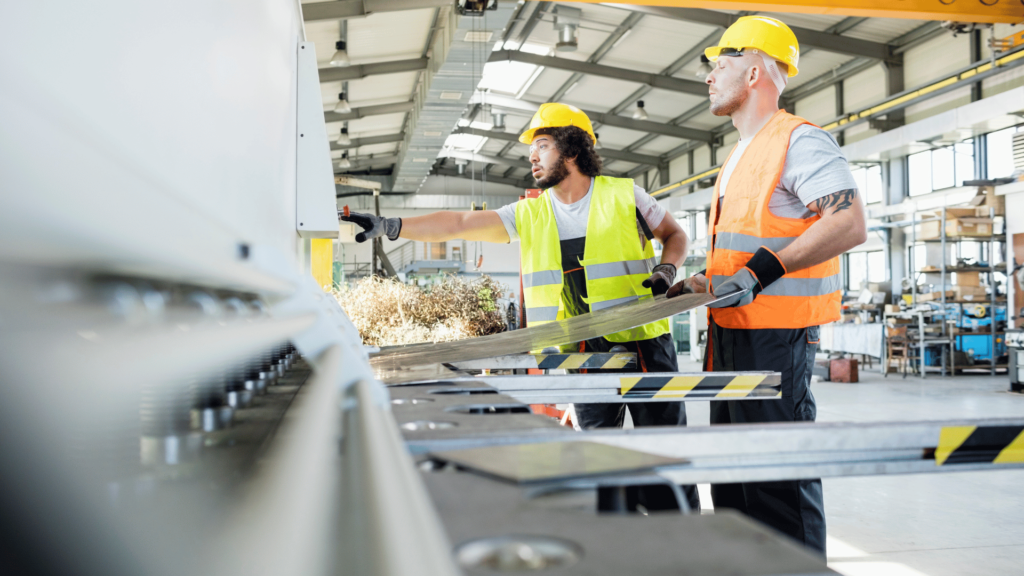If your facility still thinks “sustainability” means swapping paper cups for reusable mugs, we need to talk. Compliance isn’t the goal anymore, it’s the standard. Real manufacturing leaders know that clean operations, efficient energy use, and low-impact production aren’t nice-to-haves. They’re the only way forward.
Your machines are modern, but your mindset might be stuck in the smoke stack era.
This isn’t about greenwashing your next investor pitch or slapping a leaf logo on your packaging. Sustainable manufacturing means cutting waste without cutting corners. It means building systems that hold up under pressure, pass inspections, and actually save you money in the long run. Spoiler: sustainability has moved from marketing to mission-critical.
Want a process that performs? Build one that doesn’t pollute.
Here’s what future-focused manufacturing really looks like:
- Cleaner production: Stop spills before they start. Minimize emissions from the first draft of the process.
- Circular economy: Reuse, remanufacture, redesign. Waste is expensive, and linear models are dying faster than your old conveyor belt.
- Green chemistry: Choose inputs that don’t raise regulatory eyebrows or employee exposure concerns.
- Energy optimization: Smart sensors, real-time monitoring, and machinery that knows how to chill when it’s not in use.
Still treating sustainability like a side quest? You’re leaving money and talent on the table.
Regulators are watching. Buyers are asking questions. Gen Z workers won’t touch a company that treats the planet like scrap metal. Sustainability reduces overhead, mitigates legal risk, and attracts the kind of talent that cares about more than just a paycheck.
Here’s what top-tier operations teams are prioritizing right now:
- Triple bottom line: Environmental impact, workforce well-being, and profit margins. All tracked, all optimized.
- Supplier transparency: You can’t hide behind vendors anymore. Full visibility is the new standard.
- Community investment: Are you a neighbor or a nuisance? Because local ecosystems and local politics remember.
- Continuous innovation: The phrase “We’ve always done it this way” is the last thing you want to hear before an audit or a shutdown.
You’re not expected to flip a switch, but you are expected to evolve.
No one’s asking you to be zero-waste overnight. But sticking your head in the sludge tank and pretending it’s fine? That’s not leadership, that’s liability. Start by knowing your current impact, asking better questions, and challenging systems that are just coasting.
Don’t wait for a recall, a fine, or a social media takedown to make the shift.
Whether you’re managing a food facility or a fabrication floor, clean, lean systems aren’t just safer, they’re smarter. Get ahead before you’re forced to catch up. The good news? You don’t have to figure it out alone.
Looking to clean up your act across the board?
Start where it counts, the process itself. The Food Safety: Good Manufacturing Practices Training Course covers foundational clean-production principles that apply well beyond food. It’s a game-changer for operations that want to boost safety and sustainability in one go.
Expand your knowledge with sustainability practices in manufacturing training
The Sustainability Practices in Manufacturing Training Course breaks down the systems, standards, and mindset shifts that move you from outdated to optimized. Equip your team with the tools to produce cleaner, smarter, and with a conscience.
References



